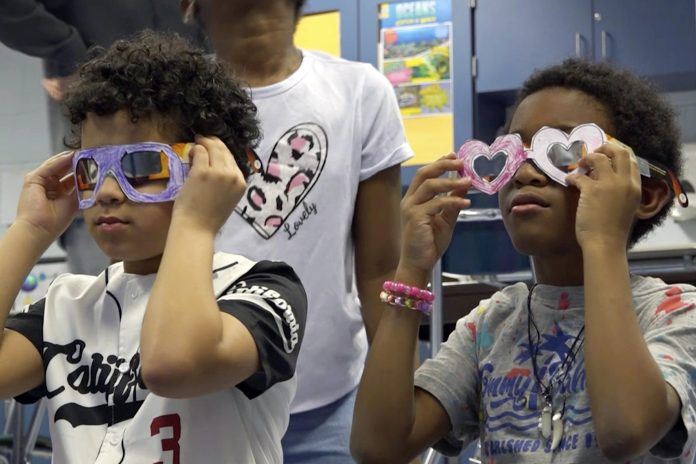The upcoming total solar eclipse on April 8th is expected to cause significant disruptions to air travel in the United States, according to a warning issued by the Federal Aviation Administration (FAA).
The agency has advised airports and airlines to prepare for potential delays and congestion before, during, and after the rare celestial event.
The FAA’s advisory covers an extended period from 10:00 am UTC on April 7 through 4:00 am UTC on April 10, even though the total eclipse will only be visible across parts of the U.S. for a brief window between around 6:30 pm to 7:40 pm on April 8. This broader timeframe accounts for the anticipated influx of travelers descending upon areas along the path of totality to witness the eclipse, as the next total solar eclipse visible from the contiguous U.S. is not until 2044.
“There may be a higher traffic volume than normal anticipated at airports along the path of the eclipse. Traffic should anticipate delays during peak traffic periods. Parking may be limited – particularly at the smaller, uncontrolled airports,” the FAA statement reads, listing over 400 potentially affected airports.
The disruptions are not limited to ground operations. The FAA has also cautioned pilots to be prepared for potential airborne holding patterns, reroutes, and departure delays. Travelers planning to fly during this period should brace for the possibility of flight delays and schedule impacts.
Beyond air travel, emergency officials have been issuing advisories for residents in the path of totality to stock up on essential supplies, including for pets, while some schools in affected areas have opted to close for the day.
For those able to witness the total eclipse, provided the weather cooperates, NASA promises a spectacular sight. “During the 2024 eclipse, the Sun will be in or near solar maximum, when the magnetic field is more like a tangled hairball. Streamers will likely be visible throughout the corona,” according to the space agency. Additionally, viewers may catch glimpses of solar prominences, coronal mass ejections, and other rare celestial phenomena, making the event a truly awe-inspiring experience for skywatchers – as long as they remember to view it safely through proper eclipse glasses.


